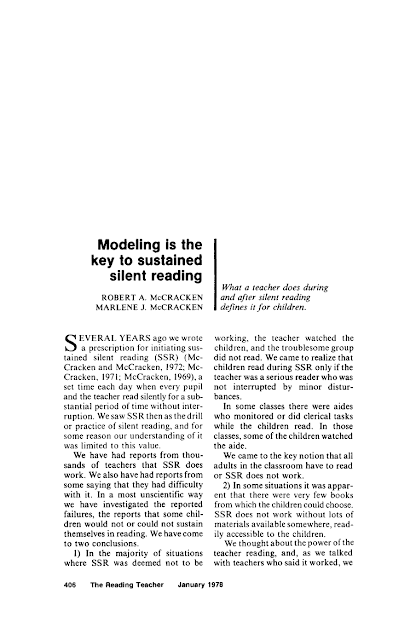This past June, I had a chance to do an inventory of the equipment in the Chemistry lab. At around the same time, Chelule and Fr. Mark brought to my attention that the equipment in the Physics lab is no longer sufficient, in both quantity and usability, to support laboratory activities associated with that senior course. As a result of the two inventories, we decided to re-equip both the Chemistry and the Physics labs with the necessary and updated tools to be able to deliver quality education in our courses.
During the same period, I was involved in my reading as suggested by the Critical Reading Committee; we were learning about how to improve the reading skills of the students at SBP. As I juggled the two activities (reading and taking inventory/ordering equipment), I kept the two tasks seemingly separate in my head, not realizing until today that they both have usefulness in accomplishing our Middle States student performance objectives.
Just as Chelule, Fr. Mark and I went about ordering and gathering equipment for our labs/classrooms, we shall assemble a literacy toolbox and deliver this ‘equipment’ to the content area teachers. In a very real way, it’s the same process that Dave Cincotta went through with me as I prepared to take over his course and classroom four years ago. The equipment was there, their locations described to me, and a quick orientation completed this transition from one instructor to the next. It took me four years to realize the value of the equipment that already existed, and by adding a few items that I thought would help me to fully utilize the tools that I inherited, I believe that my teaching will be more efficient than it had been.
The SBP literacy toolbox will contain the instructional routines that will allow teachers to incorporate more reading into their respective content areas. The toolbox will also contain routines for allowing more writing in the content areas. These routines may already be familiar to some teachers, while they will seem foreign and strange to others. But just as one may be bewildered upon entering a craftsman’s workshop and seeing all the various tools, it is with familiarity with those very tools, careful instruction in their use, and in seeing wonderful products that one’s bewilderment can be turned into satisfaction.



